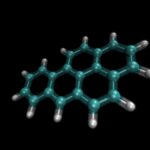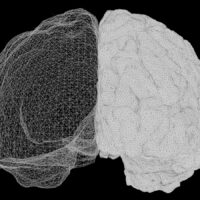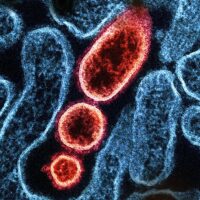Fate of the Carbon Skeleton of Amino Acids
Amino acids play a critical role not only in protein synthesis but also in energy metabolism. Once the amino group is removed (via transamination or deamination), the remaining carbon skeleton of amino acids follows different metabolic routes. These routes determine whether the amino acid is glucogenic, ketogenic, or both, based on the final metabolic product.
1. Glucogenic Amino Acids
Definition:Glucogenic amino acids are those whose carbon skeletons are broken down into intermediates of the citric acid cycle (TCA or Krebs cycle). These intermediates can then be used for gluconeogenesis, the process of synthesizing glucose.
Key Intermediates:
Pyruvate
Alpha-ketoglutarate
Succinyl-CoA
Fumarate
Oxaloacetate
Function:
They are vital for maintaining blood glucose levels, especially during fasting or intense exercise.
Provide substrates for glucose and glycogen synthesis.
Examples of Glucogenic Amino Acids:
Alanine
Arginine
Asparagine
Aspartate
Cysteine
Glutamate
Glutamine
Glycine
Histidine
Methionine
Proline
Serine
Threonine
Valine
2. Ketogenic Amino Acids
Definition:Ketogenic amino acids are those that are degraded into acetyl-CoA or acetoacetate, which are used to form ketone bodies — an alternative energy source during starvation or low-carbohydrate intake.
Key Products:
Acetyl-CoA
Acetoacetate
Note:Acetyl-CoA cannot be used for gluconeogenesis due to the irreversible nature of its conversion into CO₂ and H₂O in the Krebs cycle. Therefore, ketogenic amino acids do not contribute to glucose synthesis.
Examples of Ketogenic Amino Acids:
Leucine
Lysine
These two are strictly ketogenic and do not participate in glucose production.
3. Both Glucogenic and Ketogenic Amino Acids
Definition:Some amino acids yield both glucogenic and ketogenic products. Their metabolism contributes to both glucose and ketone body production, offering metabolic flexibility depending on the body’s needs.
Examples:
Isoleucine
Phenylalanine
Threonine
Tryptophan
Tyrosine
4. Specific Entry Points into Metabolism
Here is a breakdown of where the carbon skeletons of different amino acids enter the central metabolic pathways:
➤ Converted to Pyruvate:
Alanine
Cysteine
Glycine
Serine
Threonine
Hydroxyproline
These feed into gluconeogenesis and can eventually become glucose.
➤ Converted to Acetyl-CoA or Acetoacetate:
Leucine
Lysine
Phenylalanine
Tyrosine
Tryptophan
Isoleucine
Threonine
Support ketogenesis and energy production during fasting.
➤ Converted to Alpha-Ketoglutarate:
Glutamate
Glutamine
Histidine
Arginine
Proline
Feed into the Krebs cycle at the alpha-ketoglutarate step.
➤ Converted to Succinyl-CoA:
Methionine
Valine
Isoleucine
Threonine
These enter the Krebs cycle via succinyl-CoA and support glucose production.
➤ Converted to Fumarate:
Phenylalanine
Tyrosine
Aspartate
Fumarate is another intermediate of the Krebs cycle and contributes to glucose synthesis.
➤ Converted to Oxaloacetate:
Aspartate
Asparagine
These directly yield oxaloacetate, a major precursor for gluconeogenesis.
Conclusion
The classification of amino acids based on the fate of their carbon skeletons is fundamental in understanding human metabolism. During times of energy demand, such as fasting or prolonged exercise, the glucogenic and ketogenic properties of amino acids ensure that the body can maintain energy homeostasis by either:
Producing glucose for glucose-dependent tissues, or
Generating ketone bodies as alternative fuels.
This dual functionality of certain amino acids underlines the versatility and adaptability of amino acid metabolism in various physiological states.


















